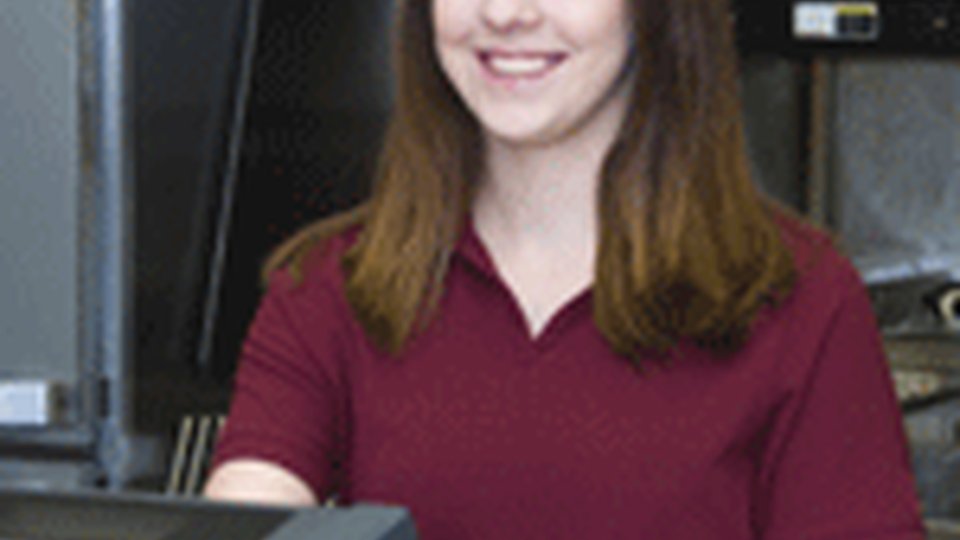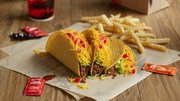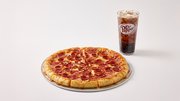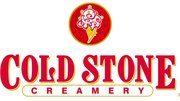Article
Tracking trends
POS connectivity helps operators gain quick access to information from multiple stores

October 10, 2007
When officials from Wichita, Kan.-based Restaurant Management Co. want to know what's happening in each of their 136 Pizza Hut locations, they don't need to drive to each store.
Data from the restaurants are automatically fed to the company's corporate headquarters via a proprietary above-store solution designed to collect and report on data received from their restaurants' point-of-sale systems.
"You name it, we gather it," said Mark Roberson, information technology director at Restaurant Management Co. "We pull data from our telephone system, we pull all the sales data, delivery data, schedule data, clock-in/clock-out, anything we can, and use it to try to better understand what is going on in our stores."
Restaurant Management Co. uses POS systems supplied by Lynden, Wash.-based Speedline Solutions Inc.
Restaurant Management Co. officials use the information in conjunction with their POS system to make decisions on everything — from how to better schedule employees to what type of promotions to offer, Roberson said.
The data also can give the company a clear picture of who its customers are, each restaurant's product mix and sales and promo trends across all regions.
"We can tell what customers are buying in certain areas so we can make decisions on what coupons to use," Roberson said. "If you have a lot of stores, you really need that information."
The company has been so pleased with the results obtained via its proprietary above-store reporting system that it is marketing the solution to other Pizza Hut franchise groups.
Above-store reporting doesn't just flow from the store to the corporate office, either. Along with using POS systems to collect operational information from individual stores, operators can make adjustments, such as changing menu prices or tax rates, to POS systems in the field from the corporate office.
"A chain might have a store in Los Angeles that is Brand X and another store that is Brand Y, and the tax rate in L.A. County changes and they want to change that tax rate," said Andre Nataf, national multi-unit sales manager for Springfield, Va.-based Menusoft Systems Corp., provider of the Digital Dining POS solution.
"They can change those stores in L.A. County, or just the stores in brand Y, or any combination they want," he said.
Finding the norm
Operators can use their above-store systems to schedule and distribute reports automatically, Speedline marketing manager Jennifer Wiebe said. That can help eliminate communication breakdowns and lags in productivity that arise from missing important information or finding out too late about something happening at a particular location.
For instance, operators can see the impact of price adjustments and campaigns as they roll out — not a week or a month later, she said.
"They have the ability to manage promotions and database marketing from the head office to increase order frequency and revenues," Wiebe said. "They also have the information to analyze buying trends by region, and across all locations, and to enforce and track upselling to boost ticket averages chain-wide."
| ||||||||||||||||||
The Digital Dining multistore solution can generate reports store-by-store, concept-by-concept, region-by-region or even by transaction, Nataf said. Reports can be generated in real time and viewed over the Internet.
"When a customer check closes, everything about that check from who the server was, what the items on the check were, anything you can imagine can be sent to an FTP site," Nataf said. "The information can either be in real time or aggregated throughout the day."
Having quick access to store data can help operators quickly compare results at different locations and spot trends. That becomes increasingly useful as a company adds locations, Roberson said.
"When you are in a store doing it, you may think you are doing OK, but if you don't have anything to compare it with, you don't know," he said. "Having that information gives you a clear picture of what is the norm and of things that are outside the norm."
Quick access to data also has given multi-unit managers the ability to supervise a greater number of stores. While in the past a multi-unit manager typically handled only the number of stores he could visit over a period of a few days, today's multi-unit managers can handle 10 stores or more with ease.
Rather than having to call each store individually, supervisors can simply log into an Internet portal and view data from all of their stores.
"It allows people outside the restaurant who aren't there every day to prioritize their time and focus," said David Straub, director of industry solutions/North America for MICROS Systems, Inc. "If you have 10 stores you are managing, you can log into the Internet portal and find out immediately what stores need your assistance and where you need to spend your time."
Above-store reporting functionality has helped Betty Moore, owner of two Jet's Pizzas in northwestern Michigan, cut down on commuting time. Moore uses a Phoenix POS from Hillsboro, Ore.-based FireFly Technologies.
"With 40 miles between my two locations, I'm glad I don't need to drive in for every little problem," Moore said. "Phoenix lets me access the system from my home and office. I know immediately what my sales are and that all employees are clocked in. If it's busy, I can bring on extra help or send someone home when it's slow."










